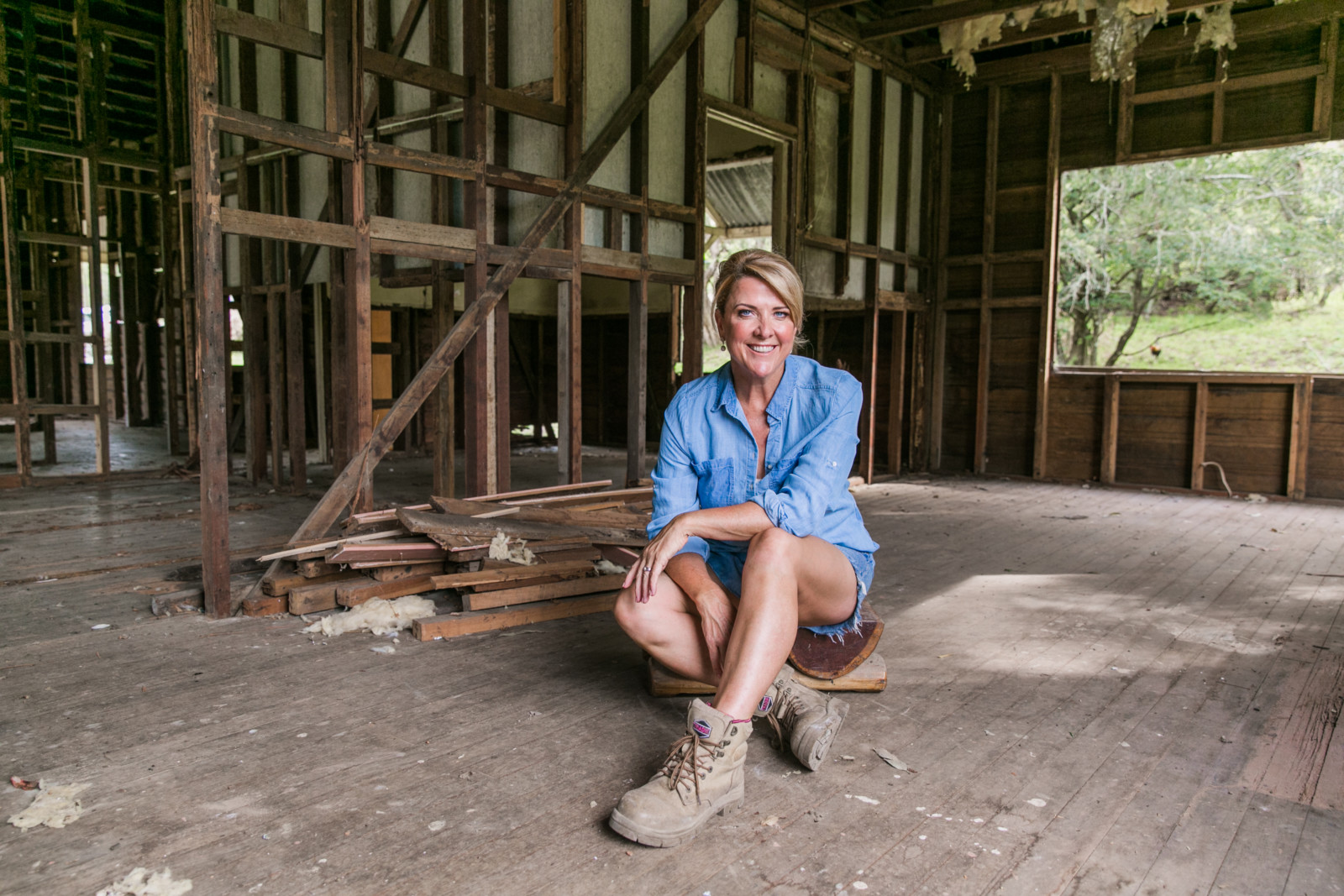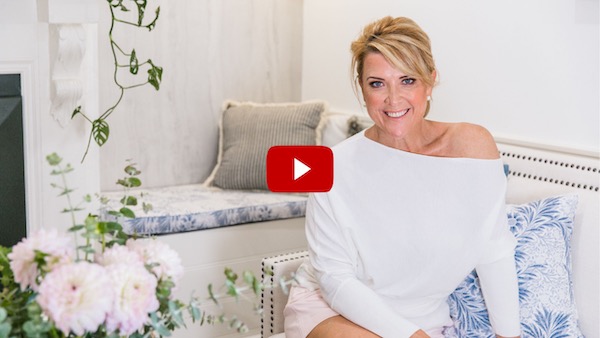Interested in starting a career as a Property Stylist?
Not sure how to turn this passion into a six figure career?
Start Here: Free Video Training Series
Working with a limited budget on a home renovation or styling project can be challenging, but with careful planning and creativity, you can still achieve great results. Here are some tips to help you make the most of your resources:

1. Set a realistic budget: Determine the maximum amount you can afford to spend on your project and stick to it. It’s crucial to have a clear understanding of your financial limitations from the beginning.
2. Prioritise your needs: Make a list of the most important changes or updates you want to make in your home. Focus on essential repairs or improvements first, such as fixing leaks, replacing broken fixtures, or addressing safety issues.
3. Plan and research extensively: Spend time planning your project and researching cost-effective alternatives. Look for affordable materials, finishes, and products that offer good quality within your budget. Compare prices from different suppliers to find the best deals.
4. DIY where possible: Consider tackling some tasks yourself if you have the necessary skills. DIY projects can save you money on labor costs. However, be realistic about your abilities and seek professional help for complex or specialised tasks to avoid costly mistakes.
5. Repurpose and recycle: Instead of buying new items, explore ways to repurpose or recycle existing ones. For example, you could give old furniture a fresh coat of paint or repurpose an old ladder into a bookshelf. Thrift stores, flea markets, and online platforms can also be excellent sources for affordable, second-hand items.
6. Focus on paint and accessories: Paint is a cost-effective way to transform the look of a room. Choose neutral or light colours that can easily adapt to different styles. Additionally, updating accessories like curtains, cushions, rugs, and artwork can make a significant impact on the overall aesthetic without breaking the bank.
7. Optimise lighting: Good lighting can enhance the ambiance of a space. Maximise natural light by removing heavy drapes or strategically placing mirrors to reflect light. Consider energy-efficient LED bulbs to save on electricity costs in the long run.
8. Consider open shelving: Open shelving can be an attractive and affordable alternative to traditional cabinetry. You can create your own open shelves using reclaimed wood or inexpensive brackets and simply paint or stain them to match your style.
9. Don’t overlook small details: Pay attention to small details that can elevate the overall look of your space. Upgrading cabinet hardware, adding decorative molding, or replacing outdated light switches and outlet covers can make a noticeable difference without major expenses.
10. Avoid unnecessary changes: Stick to your original plan and avoid making unnecessary changes mid-project. Frequent alterations can lead to cost overruns and delays. Focus on completing your project within budget before considering additional improvements.
Remember, a limited budget doesn’t mean you have to compromise on style or quality. With thoughtful planning, creativity, and resourcefulness, you can achieve a beautiful and functional space that meets your needs and budgetary constraints.

 Naomi Findlay is an experienced interior designer, project manager and stylist who also loves sharing her passions and experience by teaching others.
Naomi Findlay is an experienced interior designer, project manager and stylist who also loves sharing her passions and experience by teaching others.
Leave a Reply